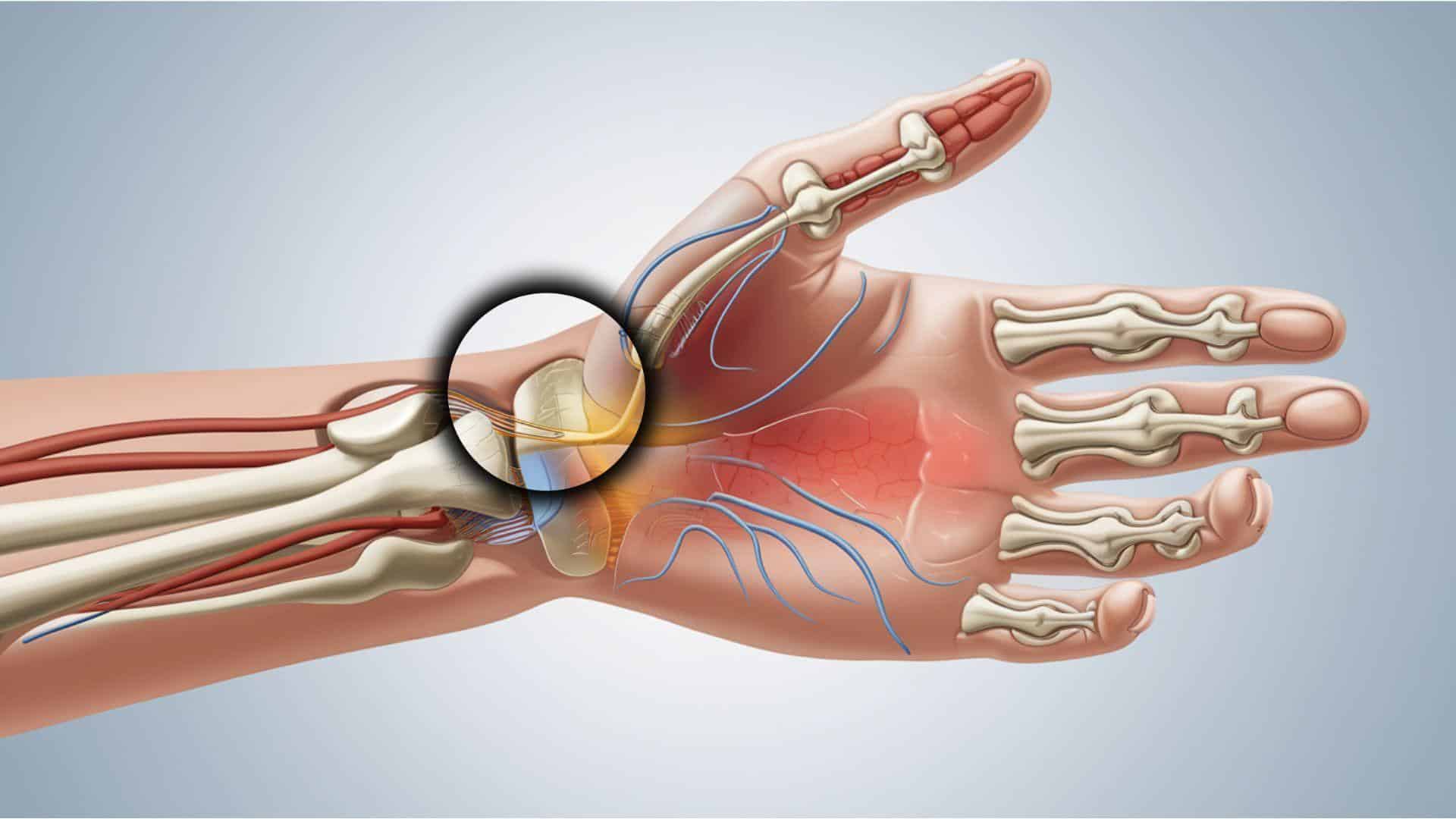
Are you experiencing sharp pain at the base of your thumb every time you pick up your kid? You might be dealing with “mommy’s thumb,” a common but often overlooked condition affecting many new parents.
This painful wrist condition, medically known as De Quervain’s tenosynovitis, can turn the joys of caring for your newborn into a challenging experience.
The repetitive motions of lifting, holding, and caring for your baby can strain the tendons in your thumb and wrist, leading to inflammation and discomfort.
While the nickname suggests it only affects mothers, anyone providing regular infant care can develop this condition.
This blog covers everything you need to know about mommy’s thumb—what causes it, how to recognize the symptoms, effective treatment options, and practical ways to manage daily activities while your body heals.
What is Mommy’s Thumb?
Mommy’s Thumb, medically known as De Quervain’s tenosynovitis, is a common condition affecting new parents.
This painful wrist problem develops when the tendons connecting the wrist to the thumb become inflamed from repetitive hand movements.
The condition typically results from frequent baby-related activities such as lifting an infant, adjusting nursing positions, or carrying a baby for extended periods. These movements cause the protective tendon sheath to swell and become painful.
Common symptoms include pain at the base of the thumb, swelling in the wrist area, difficulty gripping objects, and discomfort that may extend up the forearm. Many patients also report a distinctive “catching” sensation when moving the thumb.
This condition predominantly affects women, particularly new mothers, though it can occur in anyone who performs repeated thumb and wrist movements.
Causes of Mommy’s Thumb

Mommy’s Thumb typically develops from the repetitive hand movements involved in caring for a newborn. When you frequently lift your baby, adjust nursing positions, or cradle them for extended periods, you stress the tendons in your thumb and wrist.
Your smartphone habits while multitasking with childcare can make things worse, too. What many new mothers don’t realize is that hormonal changes after pregnancy actually affect tendon flexibility, making women more vulnerable to this condition.
Some people also have a genetic predisposition to tendon problems, and previous wrist injuries can be aggravated by these new parenting activities.
The combination of these factors leads to inflammation, where the thumb tendons pass through a narrow tunnel in the wrist, causing the characteristic pain and stiffness that so many new parents experience.
Symptoms of Mommy’s Thumb

Mommy’s Thumb symptoms typically develop gradually and worsen over time if left untreated. The pain is usually centered around the base of the thumb and may radiate up the forearm.
Many patients report that the discomfort intensifies when using the hand for grasping, twisting, or pinching motions. Most women notice these symptoms several weeks after delivery as the repetitive strain accumulates.
Common Symptoms Include:
- Pain and tenderness at the thumb side of the wrist.
- Swelling near the base of the thumb.
- Difficulty or pain when forming a fist.
- A “catching” or “stopping” sensation when moving the thumb.
- Pain that worsens with hand and thumb movements.
- Numbness on the back of the thumb and index finger.
- Discomfort that extends up the forearm.
- Decreased strength when gripping objects.
Treatment Options for Mommy’s Thumb
Most cases of Mommy’s Thumb respond well to standard treatment approaches. Early intervention typically leads to better outcomes. The recovery period usually ranges from a few weeks to several months. Home remedies can be effective for mild cases.
Severe or persistent symptoms may require medical attention. Treatment plans are often customized based on symptom severity and lifestyle needs. Your doctor may recommend a combination of the following options:
- Rest and Activity Modification: Limit activities that worsen symptoms and adjust how you lift and hold your baby.
- Bracing: Wearing a special thumb brace keeps the thumb and wrist still, allowing the tendons to rest and heal.
- Ice Therapy: Apply ice to reduce swelling and pain for 15-20 minutes several times daily.
- Pain Relief Medication: Over-the-counter pain relievers such as ibuprofen can help manage pain and reduce swelling.
- Steroid Injections: For ongoing symptoms, a steroid shot into the tender area can provide significant relief.
- Physical Therapy: Specific exercises strengthen the wrist and improve movement after the painful period subsides.
- Surgery: This procedure is reserved for severe cases that don’t improve with standard treatments. It releases the tight compartment around the tendons.
How to Manage Everyday Activities with Mommy’s Thumb?

Living with Mommy’s Thumb doesn’t mean you can’t care for your baby or handle daily tasks. Try to be mindful about how you use your hands and wrists throughout the day.
When feeding your baby, bring them to breast or bottle height rather than hunching over, and use pillows for support. For lifting, scoop your baby using both arms instead of gripping with your thumbs.
Consider asking your partner or family members to help with tasks that strain your thumb, like opening jars or buttoning baby clothes.
Everyday aids can be surprisingly helpful—for example, use a wider grip on utensils, try voice commands on your phone instead of typing, and wear your thumb brace during nighttime feedings.
Taking short breaks to rest your hands and applying ice after painful activities can make a big difference. Remember, small adjustments to your routine can help your recovery while still allowing you to enjoy time with your baby.
The Emotional Impact of Mommy’s Thumb

Dealing with Mommy’s Thumb while caring for a newborn can take a toll beyond just physical pain. Many new mothers feel frustrated when they can’t hold or care for their baby without discomfort.
You might experience guilt about needing help with tasks you expected to handle on your own. The constant pain can affect your sleep and mood, already challenged by the demands of caring for an infant.
Some women worry they’re not bonding properly with their baby when physical limitations get in the way.
It’s completely normal to feel overwhelmed when adding a painful condition to the already challenging postpartum period. Remember that taking care of your health isn’t selfish—it’s essential for being the best parent you can be.
Many mothers find that talking with others who’ve experienced similar challenges provides both practical advice and emotional relief. Don’t hesitate to discuss these feelings with your healthcare provider.
Final Words
Mommy’s thumb can be a painful challenge in your early parenting months, but it doesn’t have to define your experience with your new baby.
With proper awareness, early intervention, and appropriate treatment, most parents find significant relief within a few months. Remember that caring for yourself is just as important as caring for your kid.
You can manage this condition effectively by making simple adjustments to how you perform daily activities, seeking help when needed, and following your healthcare provider’s recommendations. If you’re currently dealing with mommy’s thumb, know that you’re not alone.
Thousands of parents face this challenge each year, and most recover completely with the right approach.
Be patient with your body and kind to yourself during the healing process, and soon enough, you’ll be enjoying those precious moments with your baby—pain-free.
